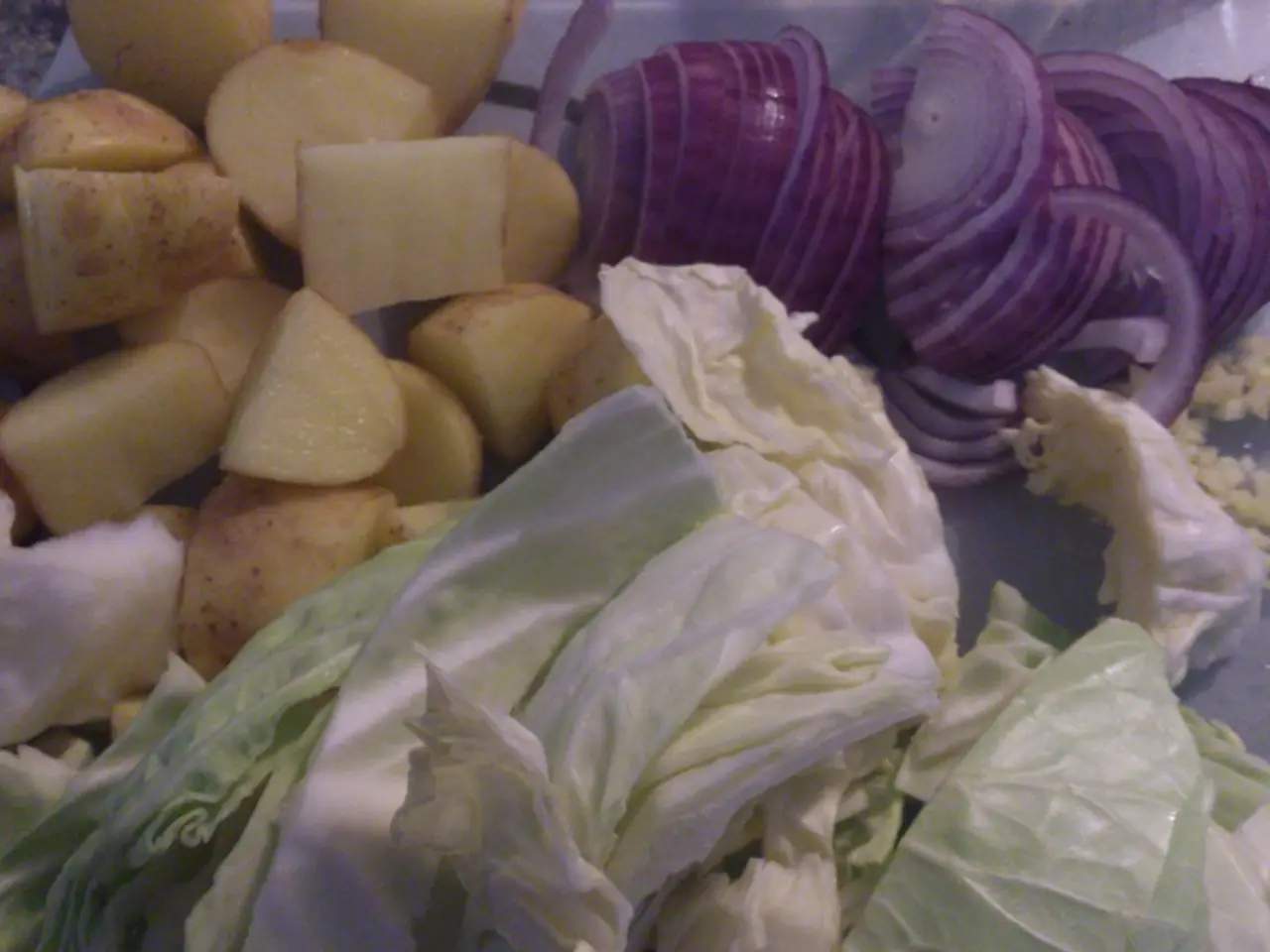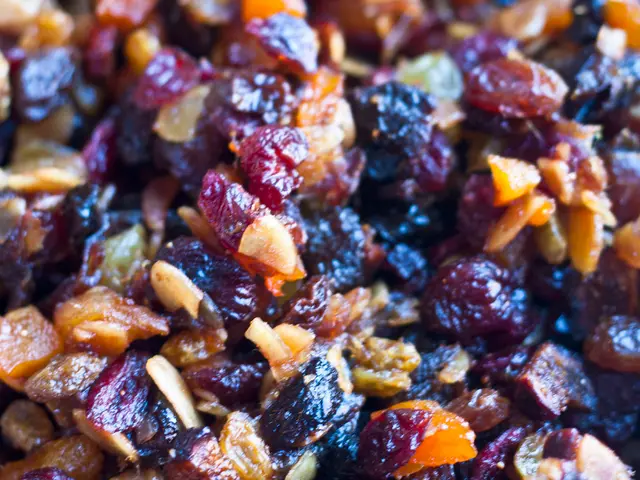Curing: The Crucial Step in Preparing Vegetables for Storage
Vegetable growers employ a process called curing to prepare crops like potatoes, sweet potatoes, winter squash, and alliums (onions, garlic, shallots) for storage. This process toughens skins, heals wounds, and extends shelf life. Sam Knapp, author of 'Beyond the Root Cellar,' explains this crucial step in vegetable preservation.
Curing involves placing vegetables in a warm, dry, and well-ventilated area. For potatoes and sweet potatoes, this forms a waxy protective layer over their skin and wounds through a process called suberization. Airflow is key during curing to remove moisture, keep temperatures even, and prevent gas buildup. Optimal conditions vary by crop: garlic and onions prefer 80 to 90°F (27 to 32°C) and 50 to 70 percent RH, while winter squash and pumpkins require 75 to 85°F (24 to 29°C) and similar humidity levels. Curing times also differ: onions take several weeks, while winter squash and pumpkins need just a week or two. Proper storage follows curing to maintain freshness and nutritional value. Many farms use wire racks or tables for single-layer curing, while larger operations may employ bulk bins with fans for optimal airflow.
Curing is a vital step in preparing vegetables for storage. It toughens skins, heals wounds, and extends shelf life. Proper conditions and durations vary by crop, with airflow being crucial throughout the process. After curing, proper storage ensures produce remains fresh and retains its nutritional value.








